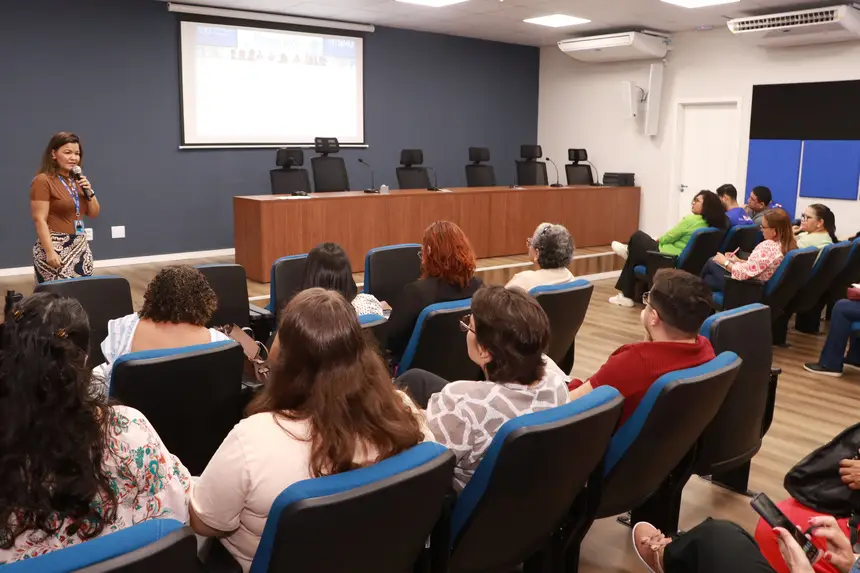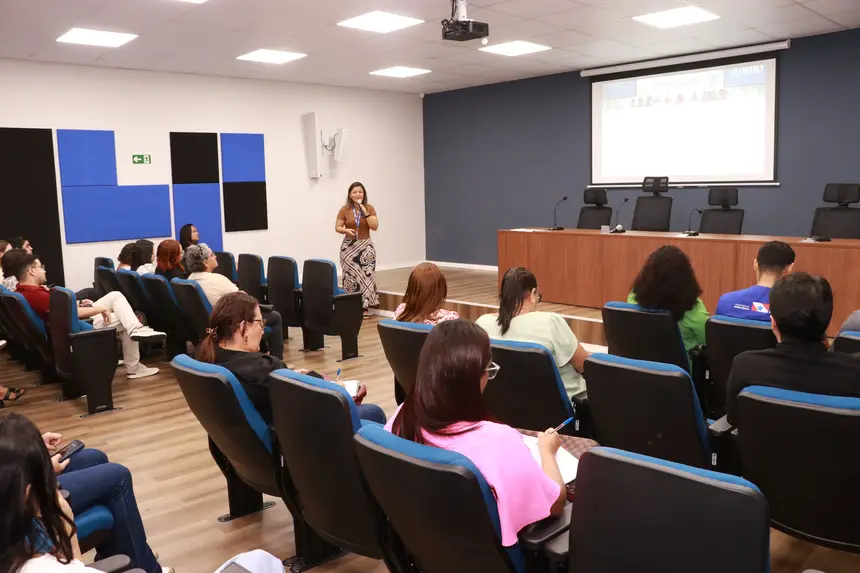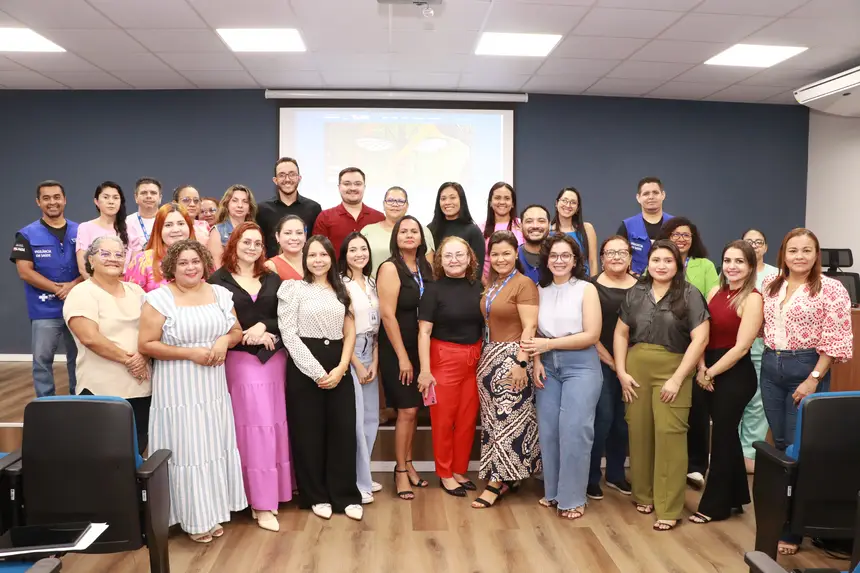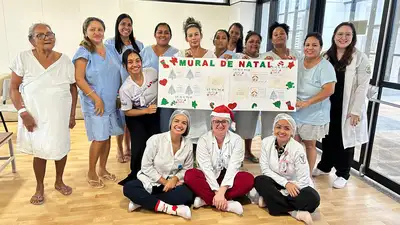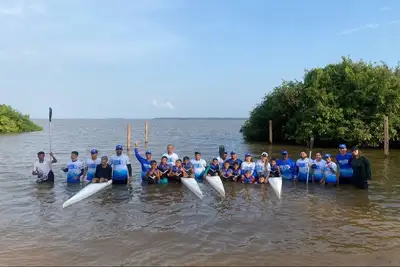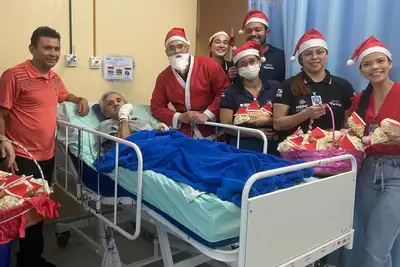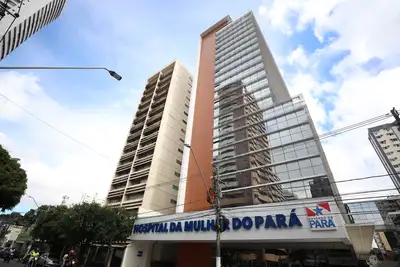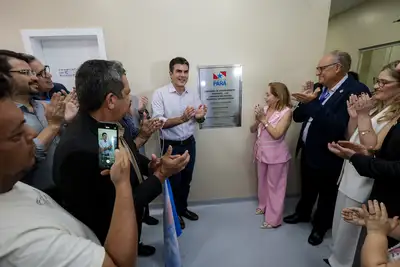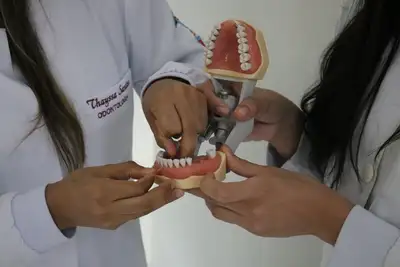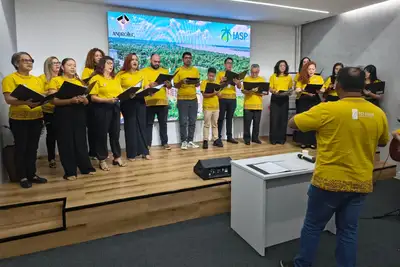Sespa promotes training on the Saúde-Pará application for hospital surveillance in the RMB
Digital tool developed by Sespa will be used for monitoring mass events, such as COP 30, promoting agility and integration in the response to public health emergencies

The State Department of Public Health of Pará (Sespa), through the Center for Strategic Information in Health Surveillance (Cievs) and the Health Surveillance Information Nucleus (Nivs) of the Health Surveillance Directorate (DVS), held a training session this Wednesday with the Hospital Surveillance Nuclei of the Metropolitan Region of Belém, focusing on the use of the "Saúde-Pará" application. The activity took place in the auditorium of the State Department of Environment and Sustainability (Semas) and was attended by professionals from Belém, Ananindeua, and Marituba.
Present at the opening table of the event were Lúcia Helena Monteiro, representing the Health Surveillance Directorate; Fatiane Santos, coordinator of the Hospital Epidemiological Surveillance Network (Reveh); and Bruno Pinheiro, from Nivs/Sespa. The meeting marked the beginning of the validation phase of the application, with the direct participation of professionals working on the front lines of hospital surveillance.
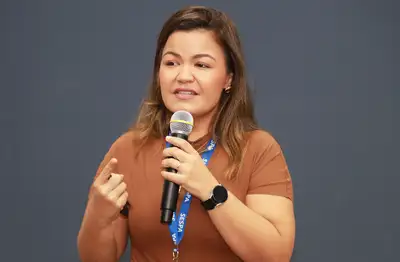
The technical opening was conducted by Diana Lobato, institutional supporter of the Department of Public Health Emergencies of the Ministry of Health (DEMSP/MS), who spoke about the strategic role of Hospital Epidemiology Nuclei in the face of public health emergencies. "I want you to see yourselves within this process because you are our first notifying partners of these events. Studies show that the nuclei can detect an emergency up to three weeks before it materializes. That is why you are essential," she stated.
Developed by Nivs/Sespa, the Saúde-Pará application is an innovative initiative that integrates functionalities aimed at both health professionals and citizens, such as event notification, geolocation of health units, and access to technical and educational content. In this Wednesday's training, the focus was on the "Case Communication" environment, a strategic functionality for action during mass events, such as COP 30.

Bruno Pinheiro highlighted the pioneering and collaborative nature of the tool. "We are very happy to start using one of the app's environments, Saúde-Pará, with you, who are the professionals directly involved in surveillance. This tool was designed by the expertise of epidemiology at Sespa and developed by the analysts of our Information Nucleus. We utilized the technology infrastructure provided by the department, through CTIS (Coordination of Technology and Health Informatics) to host and ensure the security and availability of the collected and stored data," he explained.
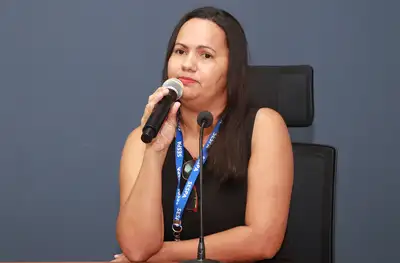
Fatiane Santos emphasized the choice of hospital network professionals as the first to receive training. "You have been involved from the beginning, tested the system, and contributed suggestions. This shows the recognition of the central role that hospital nuclei have in detecting and responding to emergencies. This tool comes precisely to make this process more agile and fluid," she said.
For Veronilce Borges, representative of Cievs, the training represents a fundamental step in preparing for the monitoring of large events that may pose risks to public health, such as COP 30, which will be held in Belém. She emphasized that mass events require active surveillance, real-time data collection, and rapid response to risk situations. In this sense, the digital tool "Saúde-Pará," developed by Sespa, will be essential as it allows the integration of information collected at strategic points with health surveillance agencies, facilitating decision-making and the coordinated response to potential health emergencies.
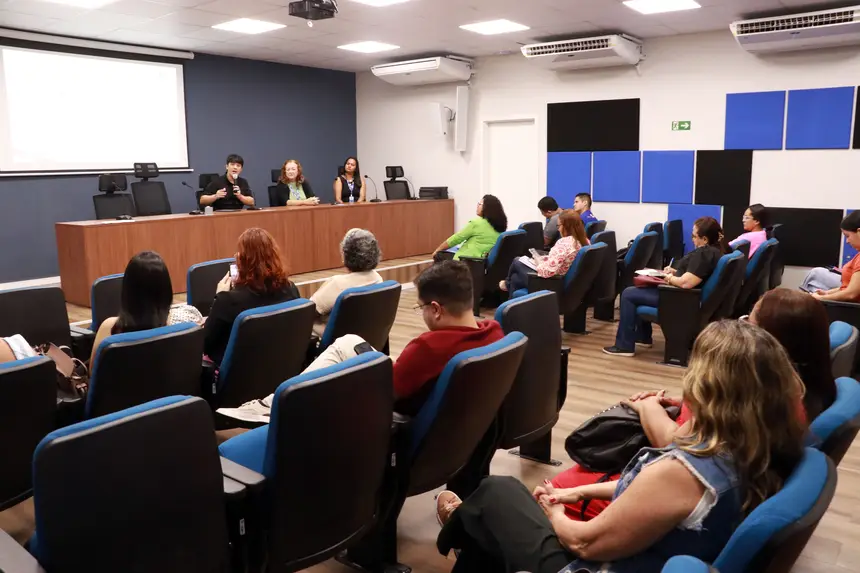
Veronilce also emphasized that the activity contributes to strengthening the response capacity of the Hospital Epidemiology Nuclei (NHEs), promoting coordination between hospital units and health surveillance systems. According to her, the initiative is essential to ensure the safety of the population and the effectiveness of health actions during large-scale events, such as COP 30, which will have significant national and international visibility.
Lúcia Monteiro, who works in the coordination of the State Tuberculosis Control Program, also shared her experience and highlighted the evolution of technological tools. "I remember the time when we walked through hospitals to collect notifications. Today, we have the possibility to enter data directly into the app. This represents a huge advancement. The app takes us from surveillance to surveillance, as Bruno rightly said," she commented emotionally.

Juliane Alencar, supervisor of the Hospital Surveillance Nucleus of Hospital Abelardo Santos, was participating in the training and highlighted the importance of the training. "This event prepares us not only for COP 30 but also for other emergency situations. With the app, we will be able to notify quickly and accurately, preventing outbreaks and protecting the population. It is a tool that will transform the way we operate," she stated.
The implementation of Saúde-Pará is part of Sespa's digital transformation strategy and will be expanded to other regions of the state. The initiative reaffirms the Department's commitment to strengthening health surveillance, integrating systems, and coordinating responses to sanitary risks, especially in light of the international visibility that Belém will have as the host of COP 30.
The application is still in the homologation phase, but with the training that started this Wednesday, it now enters the validation stage with professionals who deal directly with the notification of public health events. Among its functionalities are the repository of technical materials, geolocation of health establishments, and the indicators panel, with real-time data and access to multilingualism. Other training sessions are expected to take place throughout the year.


